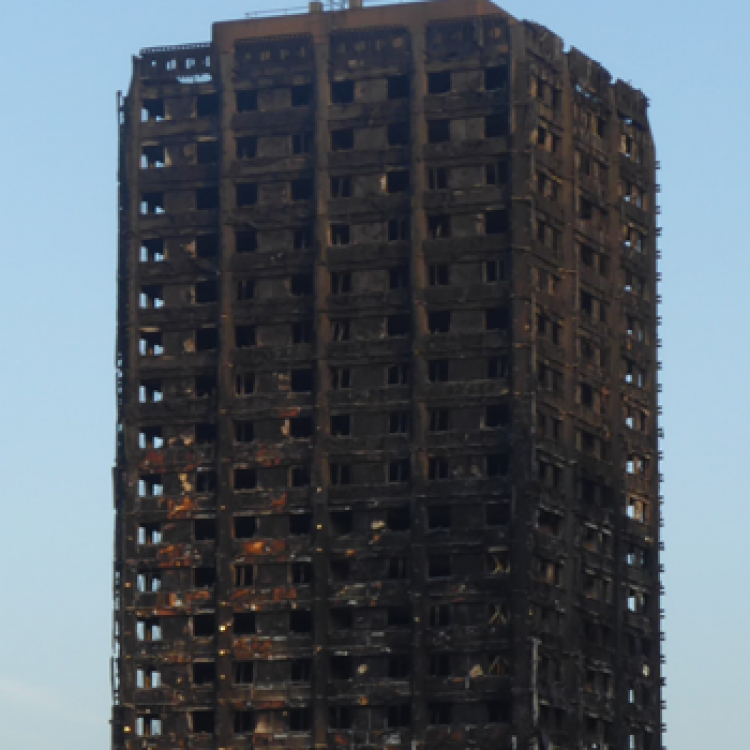Lessons for risk managers from the Grenfell disaster

Dame Judith Hackitt's Grenfell report fails to address shortcomings in the way fire risks are assessed in complex high-rise residential buildings. Risk managers and their insurers should fill the gap, argues Prof James Lygate of IFIC Forensics.
The fire safety engineering of complex buildings and those Dame Hackitt refers to as High Rise Residential Buildings (HRRBs) is all about RISK, something Airmic members understand.
As the cream of the industry descends on Liverpool for this year's Airmic Conference, questions arise as to what the self-insureds, the insurers and re-insurers are going to do about it.
The financial services industry has always been about recognising and taking a view of financial risk, and it has led the way in competency assessment by which financial limits are set on underwriters and claims managers alike.
It might seem surprising, but the building industry has not operated like that.
Fire risk assessors are not a protected profession like architects, chartered engineers or chartered surveyors. Anyone can set up the virtual internet sign above their website and advertise their services as a "qualified and experienced fire risk assessor".
Let's tease that apart: qualified - none needed; experienced - has been on a one-day course and got a certificate. Due diligence? They are on a list of Approved Fire Risk Assessors - Really? Approved by whom? Those long enough in the tooth will remember the phrase Quis custodiet ipsos custodes? Literally "Who will keep guard over the guards".
The common misconception about the building regulations is that they represent the best standards. They do not. They represent the minimum standards down to which contractors build just about every time. In the absence of building standards or absence of regulations and faced with large financial losses and risk, insurers stepped in and set their own standards. Remember the Fire Offices Committee who set the rules on sprinklers, the forefathers of the Loss Prevention Council?
I am disappointed Dame Hackitt has not recommended that the design and fire risk assessment of complex and HRRBs requires to be signed off by a chartered fire engineer. The system of having the structural design of a building signed off by a chartered structural or civil engineer and checked by another independent chartered structural or civil engineer has delivered buildings which rarely collapse. (Paradoxically Grenfell is an illustration of just that point, despite the hours of intense fire. It burnt out but is still standing.)
Self-insureds, insurers and re-insurers could potentially step in and lead the way. They rely on the building regulatory system and fire risk assessment to indicate a building is safe from fire, allows people to escape and firefighters safe access to suppress a fire. As part of their due diligence procedures when taking on a risk they can ask about the qualifications and experience of the fire risk assessor upon whose work their underwriting relies.
We look forward to seeing you on Stand 17 at the Airmic Conference this June when we will be happy to discuss the implications of the Independent Review of Building Regulations and Fire Safety further.

Prof. James Lygate, Chairman - IFIC Forensics ific.co.uk
